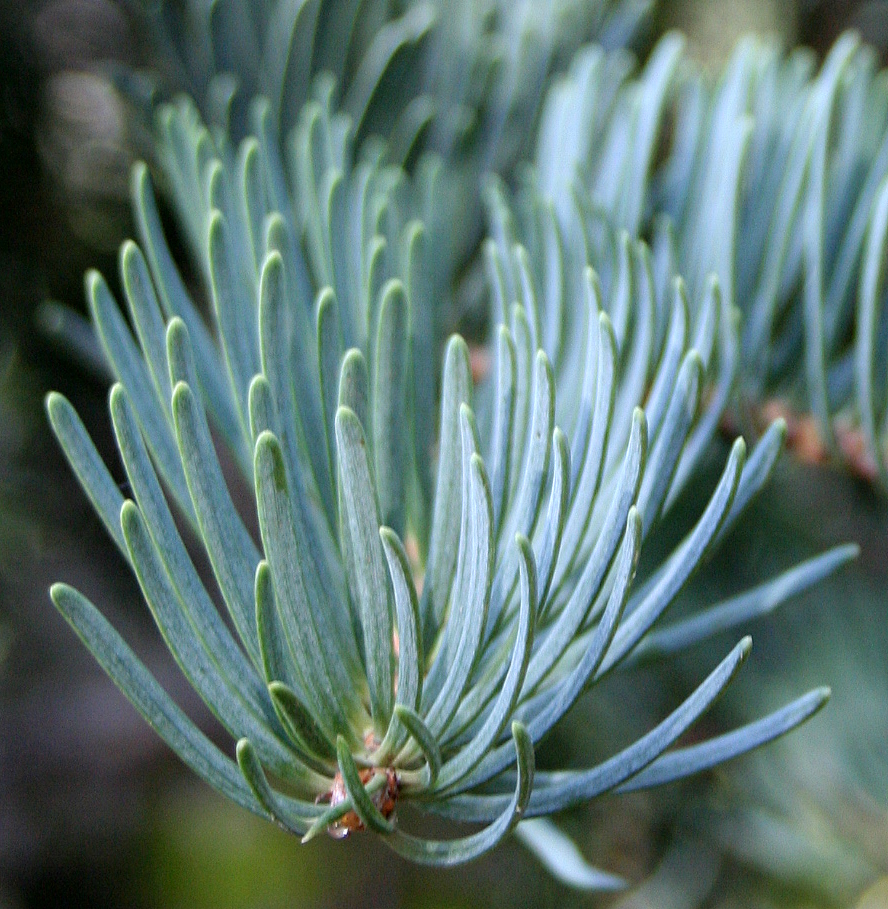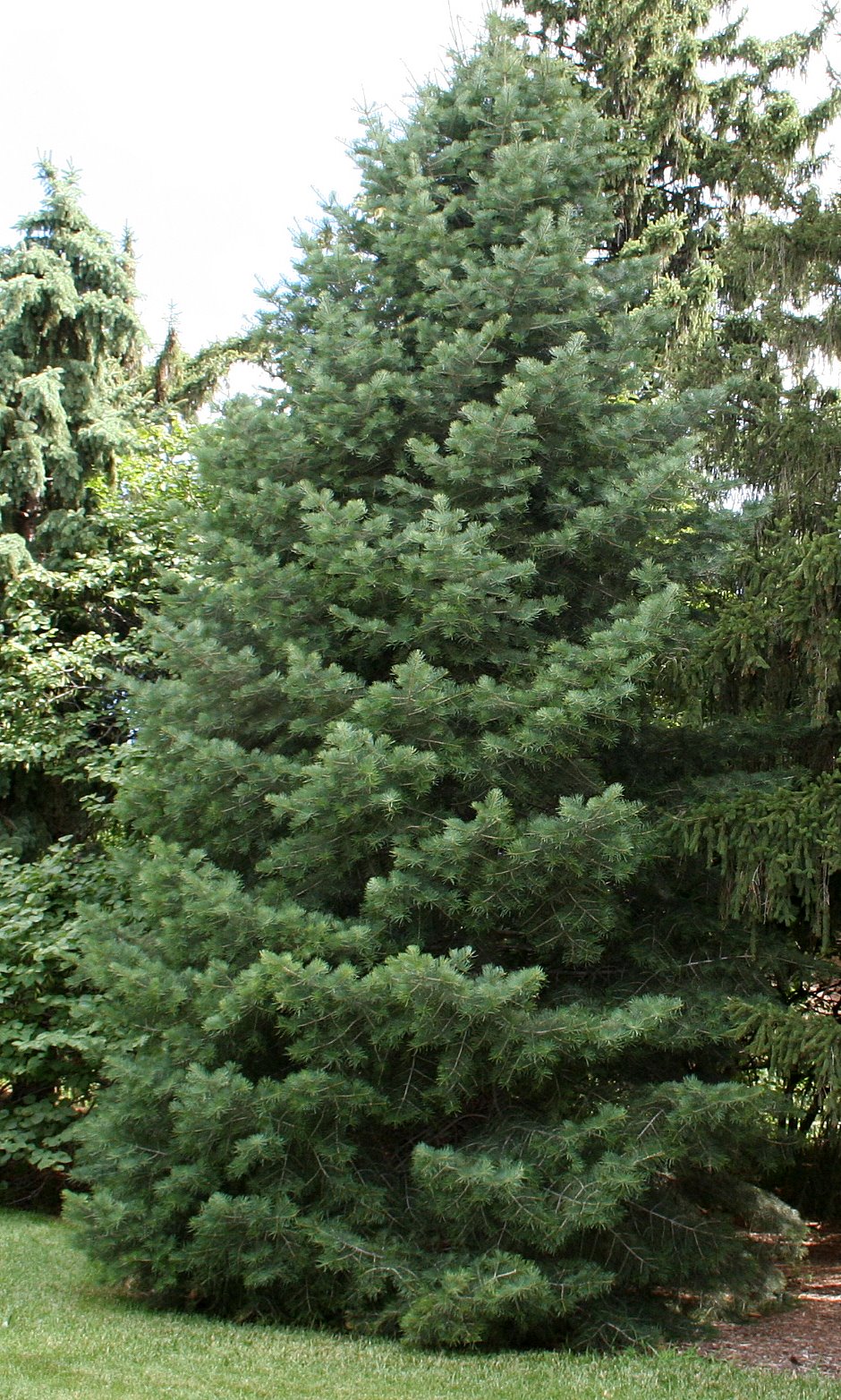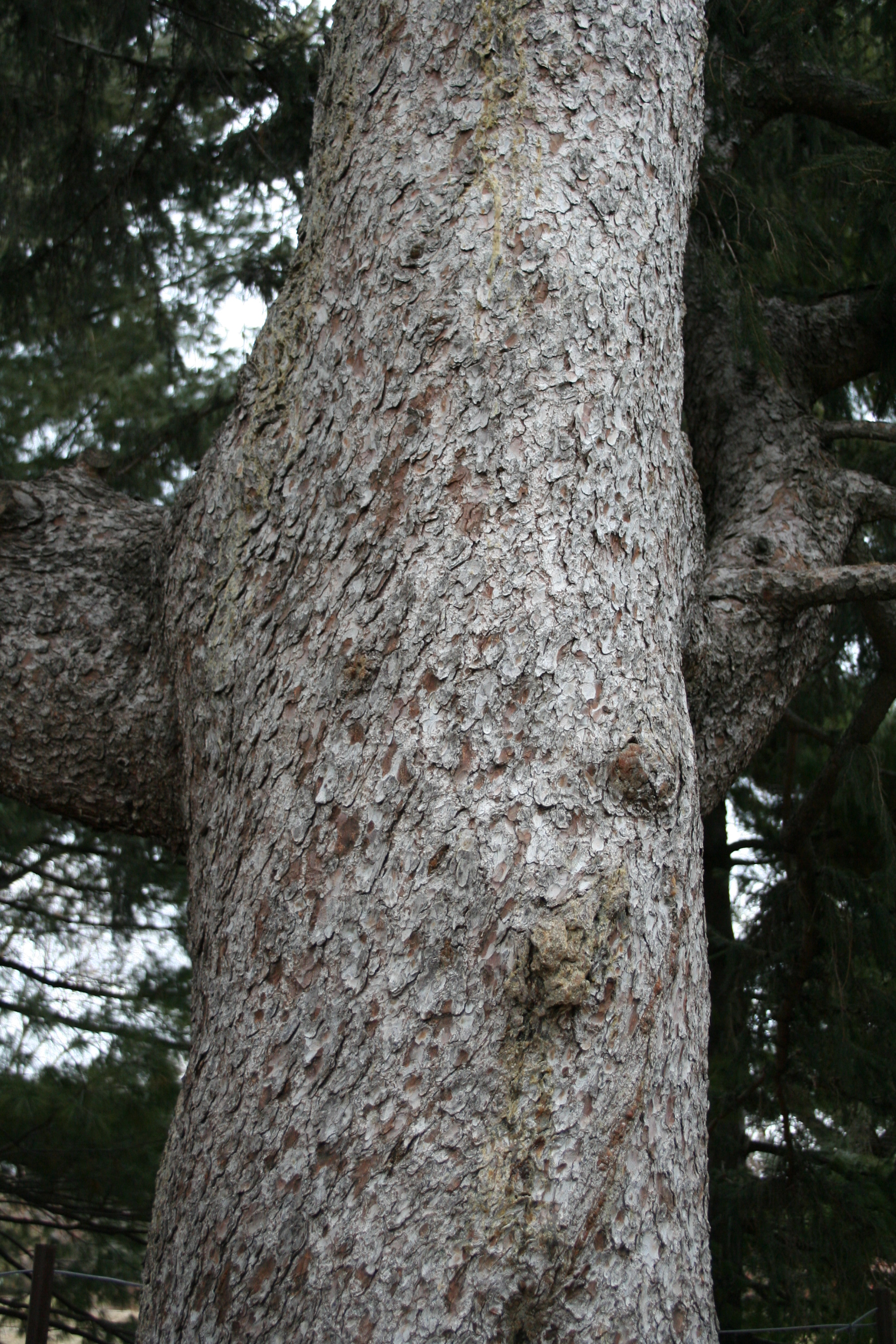Fir, Concolor (White)
Abies concolor, Coniferous
Concolor fir is the most reliable and easy to grow fir for Nebraska. It has become relatively popular as a landscape tree and has also been utilized in some shelterbelts on favorable sites.

Where To Grow

Size at Maturity
| Tree Height | Tree Spread |
| 30-50' | 20-40' |
Tree Characteristics
The tree is generally a conical, upright growing evergreen with a blue cast, resembling Colorado blue spruce. As it matures it becomes rounded and often forms multiple trunks. Firs have soft, flat needles while spruce needles are square and sharp. Concolor fir needles are 2 to 3 inches long, silvery-blue to silvery-green, and curving upward as they grow out from the stem. The upright cones are 2 to 5 inches long, oblong, olive-green to purple and are primarily found at the top of the tree. The bark is ashy gray and young trees maturing to dark gray-brown and deeply furrowed on mature trees.
Wildlife Benefits
As with all evergreens, concolor fir provides good winter cover to a variety of wildlife, including many resident birds. A variety of birds eat the seeds. Firs are generally not favored by deer.
Utilization
Concolor Fir is used as construction lumber and is commonly grouped together with other species of fir and hemlock and sold under the more generic label “HEM-FIR.” It makes an excellent Christmas tree! It has a delightful aroma, retains its needles well after cutting, and has strong sturdy branches that hold their shape.
Additional Considerations
Concolor fir makes an excellent Christmas tree! It has a delightful aroma, retains its needles well after cutting, and has strong sturdy branches that hold their shape. It can sometimes have problems with winter burn. The tree does not like to be planted alone on exposed sites. There’s safety in numbers and it’s best to plant firs in groups.
Related species
Firs generally grow in mountainous locations and yet surprisingly, there are several other fir species that can be found growing in Nebraska. These species should not be planted in great numbers, but are worth a look by collectors:
- Balsam Fir (A. balsamea), a short needled and narrow growing tree with a balsam fragrance growing up to 45’x 20’
- Canaan fir (A. balsamea var. phanerolepis) similar to balsam fir but possibly more hardy and a favorite of Christmas tree growers
- Korean Fir (A. koreana) with beautiful blue cones and very graceful habit (a compact variety known as ‘Silberlocke’ features recurved needles which showcase their silvery undersides)
- Corkbark fir (Abies lasiocarpa var. arizonica) related to subalpine fir with a narrow habit
- Fraser Fir (Abies fraseri) native to Appalachia
- Manchurian Fir (Abies nephrolepis) native to China and North Korea
- Nikko Fir (Abies homolepis) native to Japan and considered wet tolerant
- Nordman Fir (Abies nordmanniana) native to the Caucasus of eastern Europe
- Siberian Fir (Abies sibirica) a cold and drought tolerant type with coarse branching and long needles
Interesting Facts
The scientific name Abies concolor, means tall or rising tree with needles of one color. The alternative common name “white fir” refers to the white cast of the tree's needles. White fir is also called concolor fir using its Latin name.

